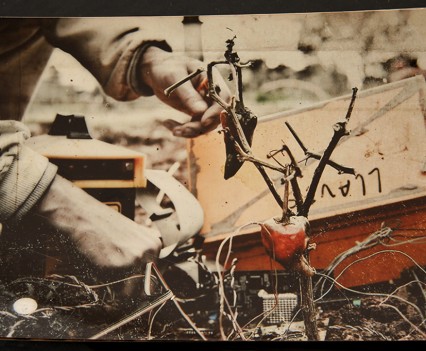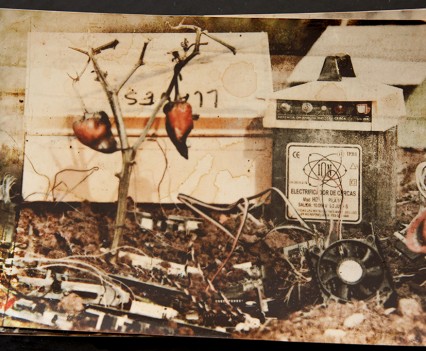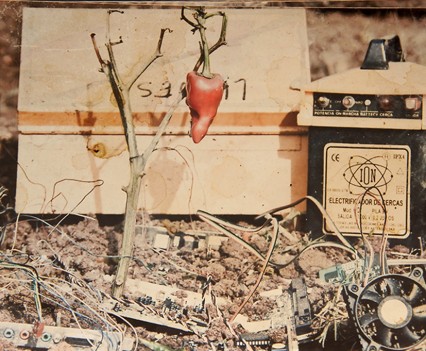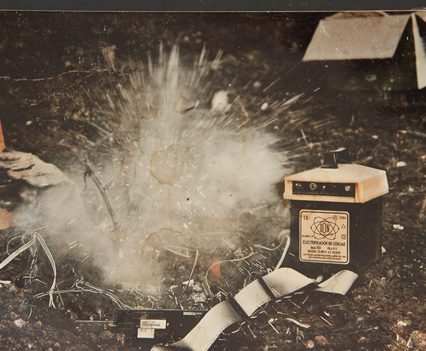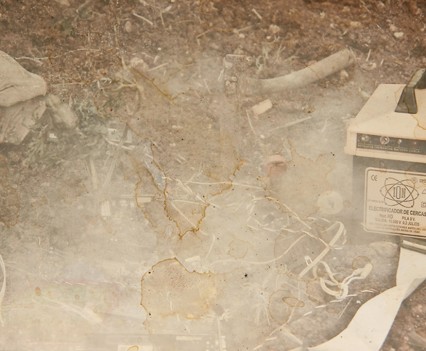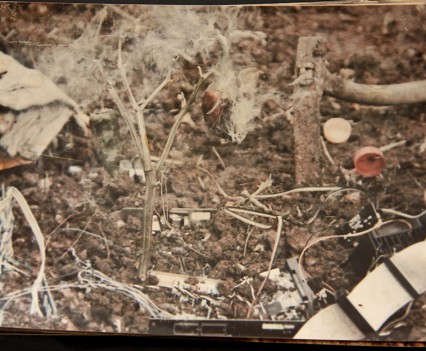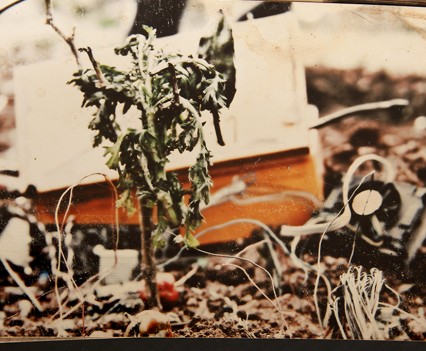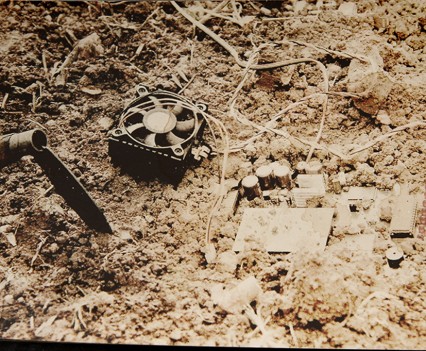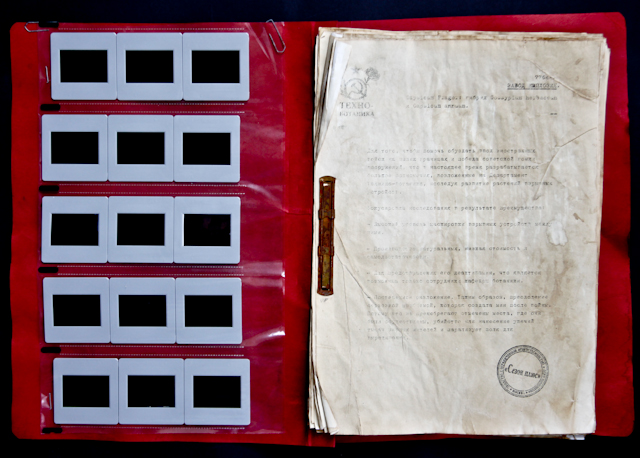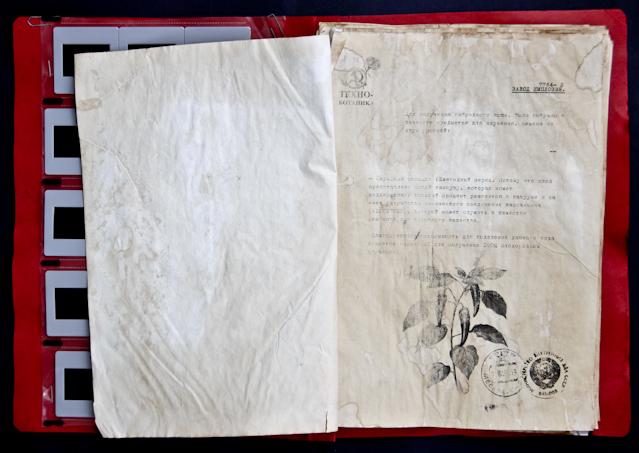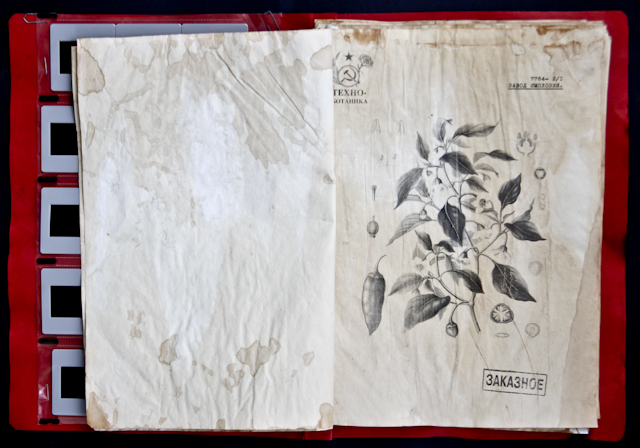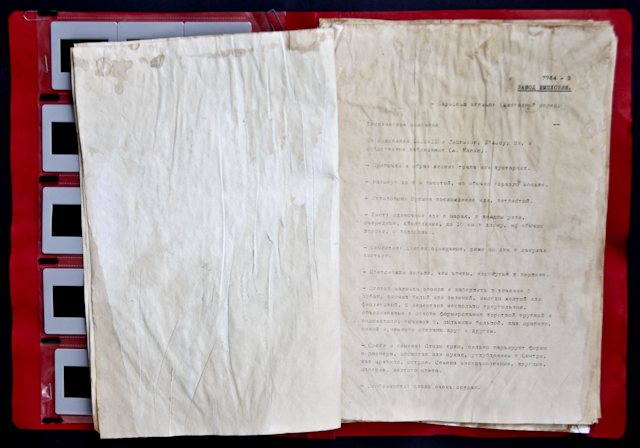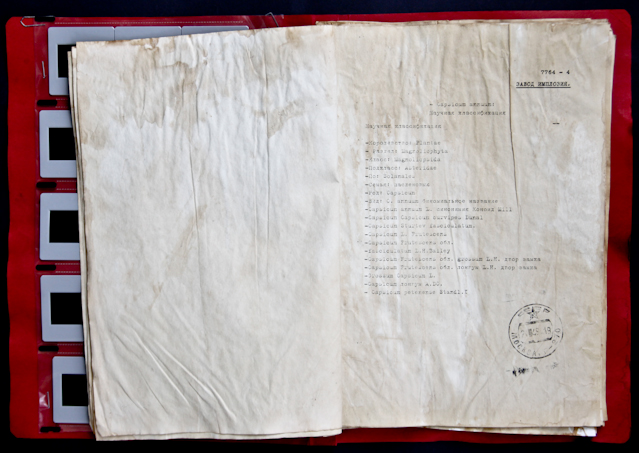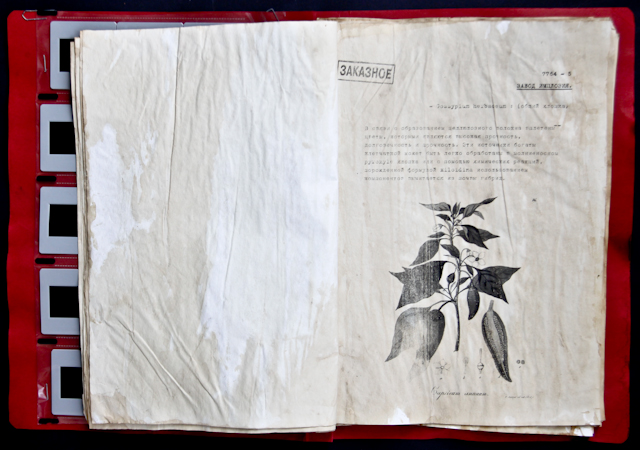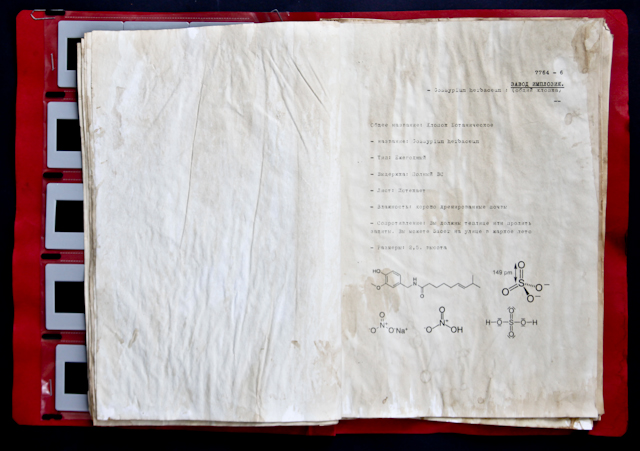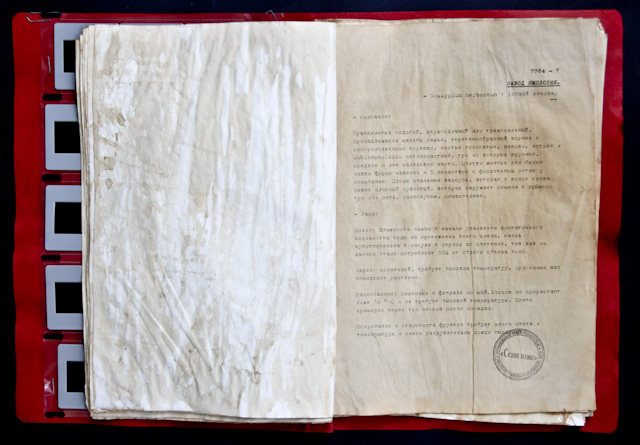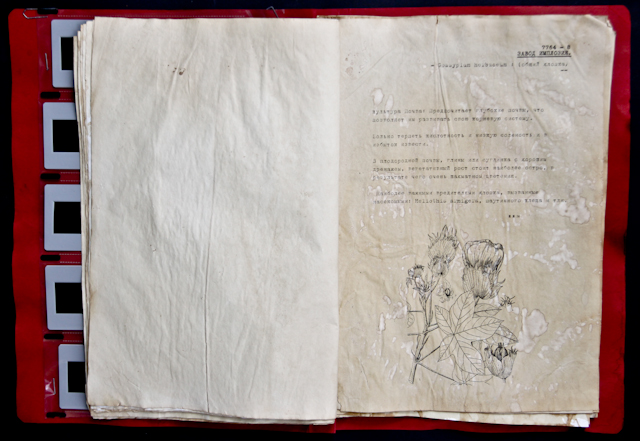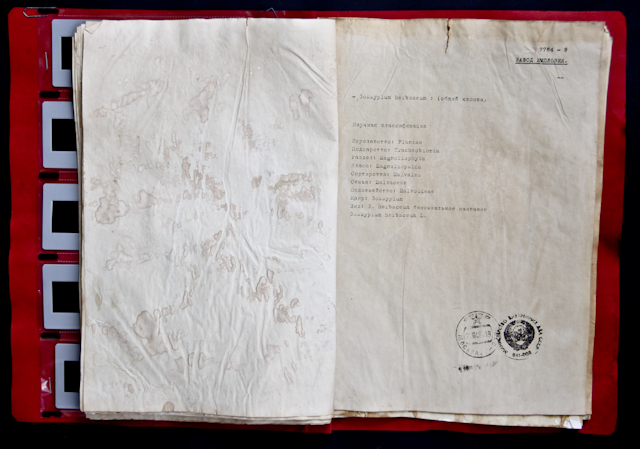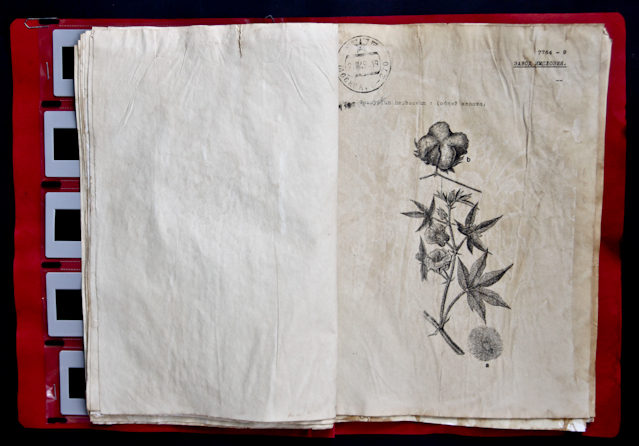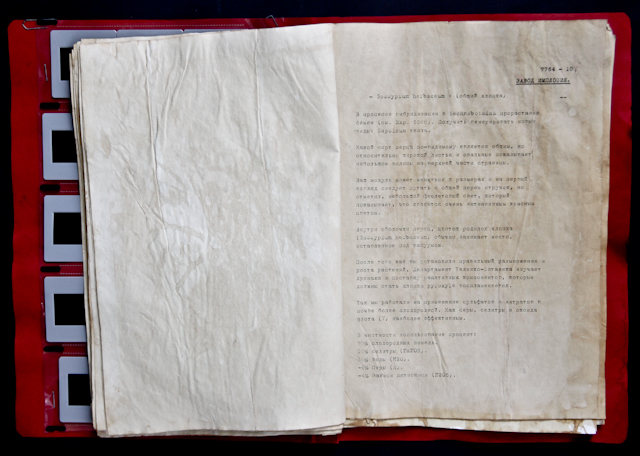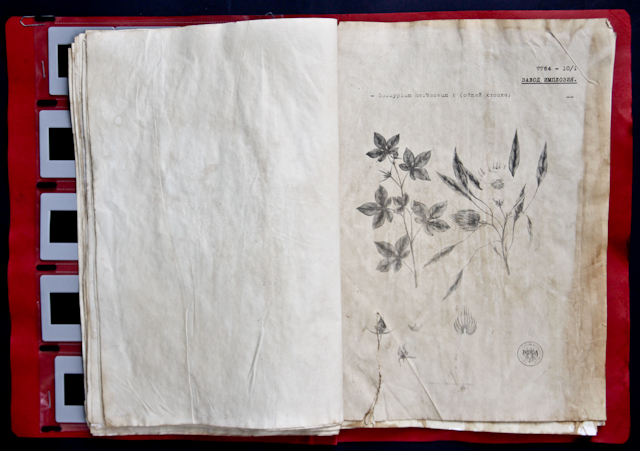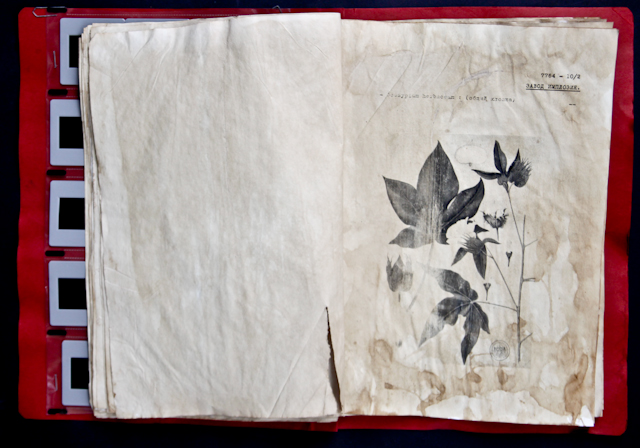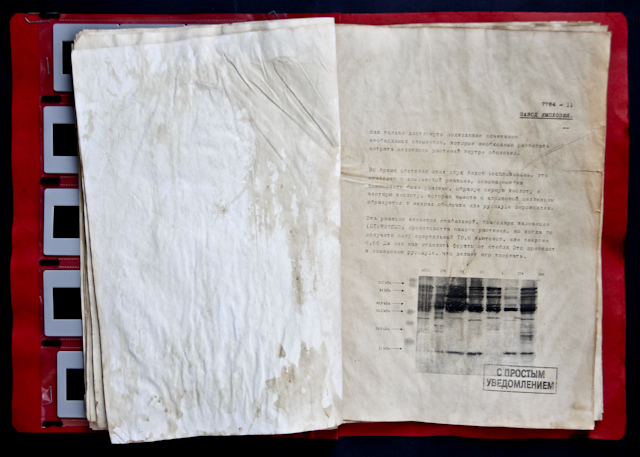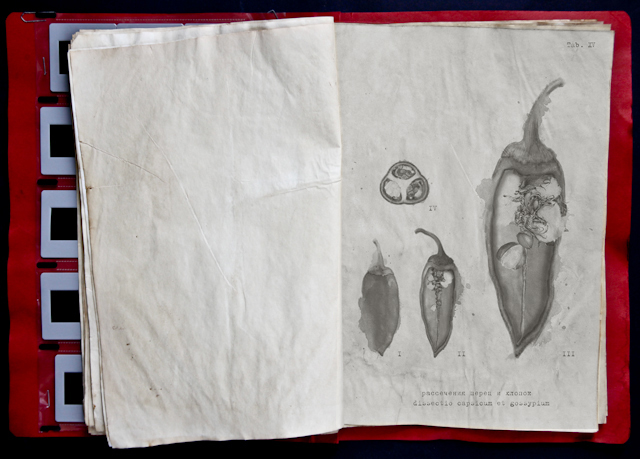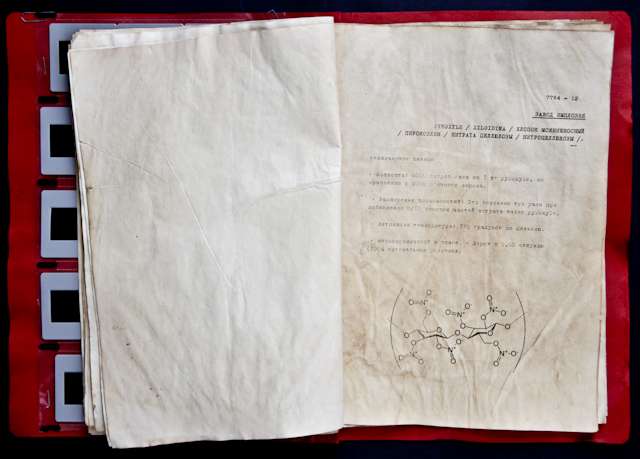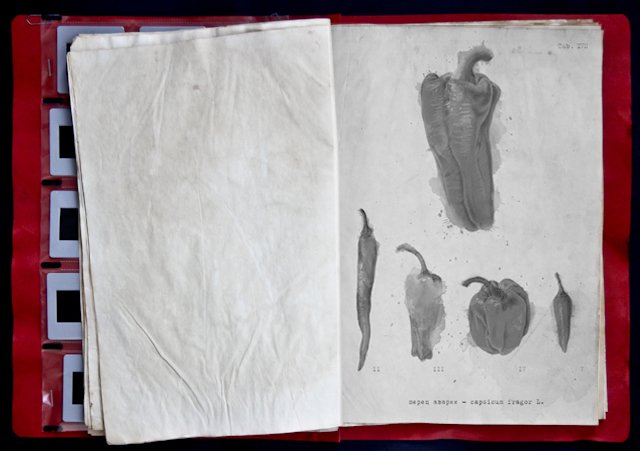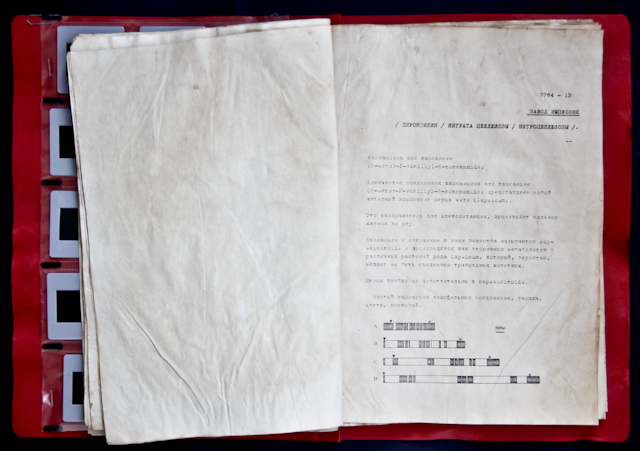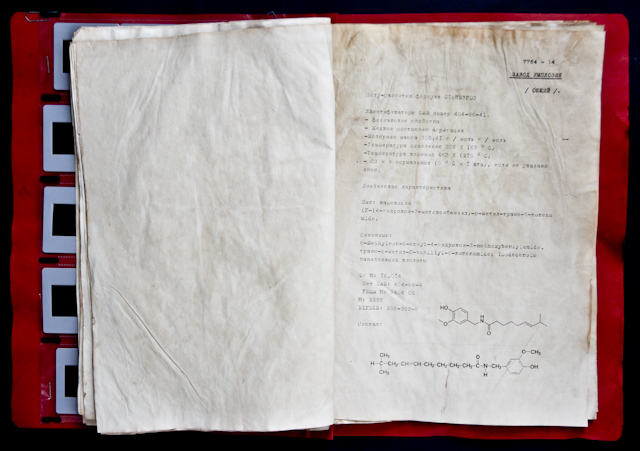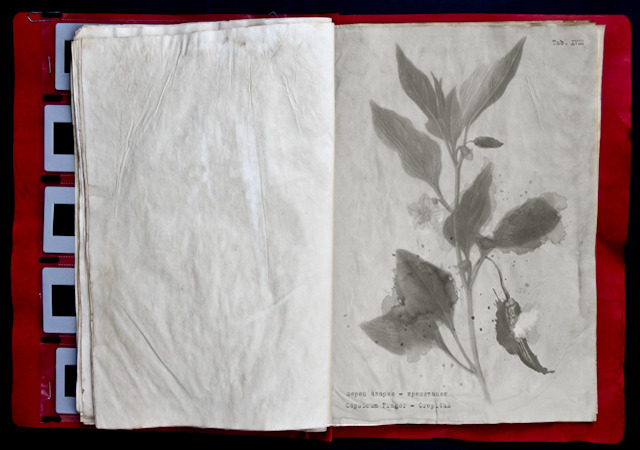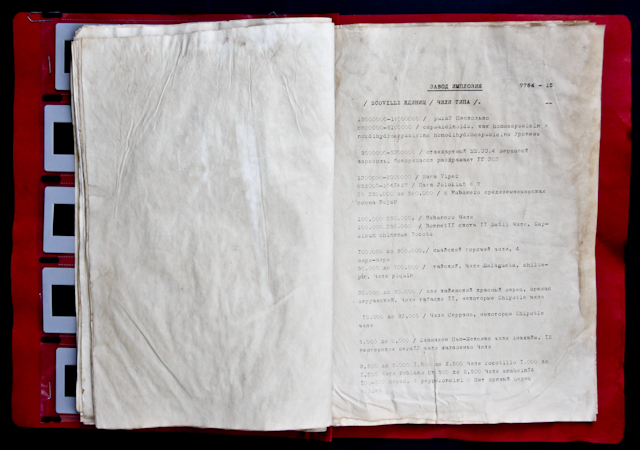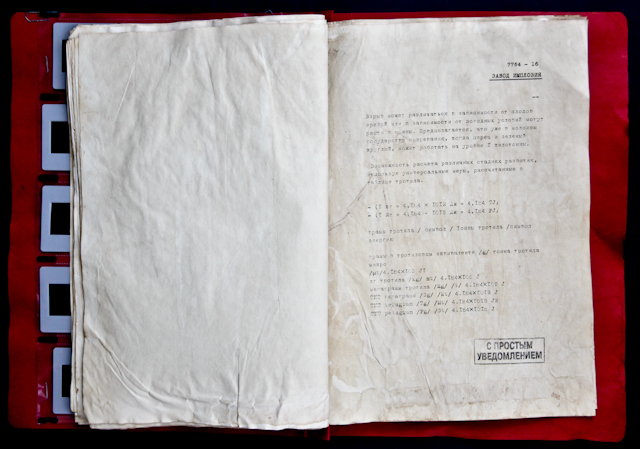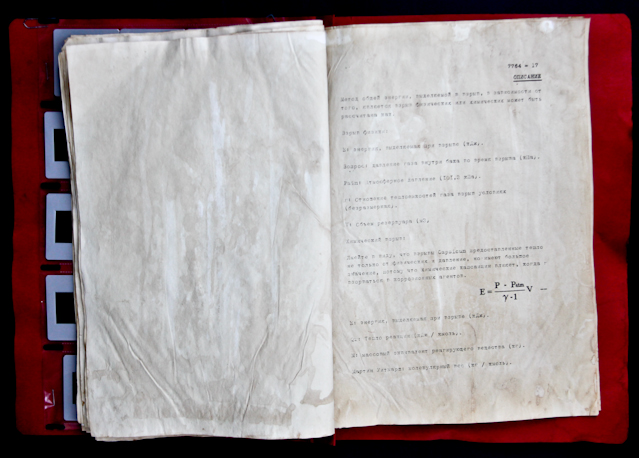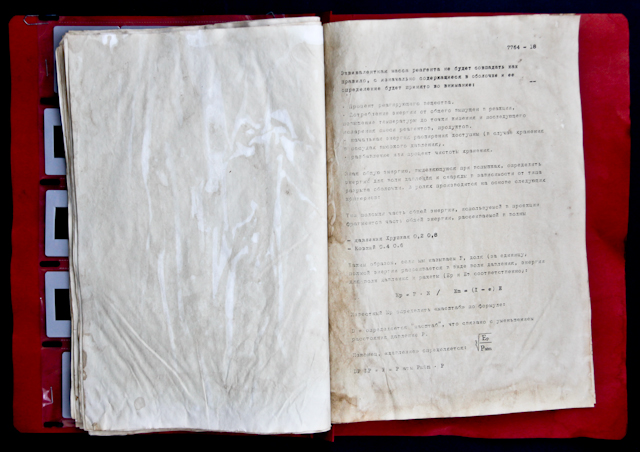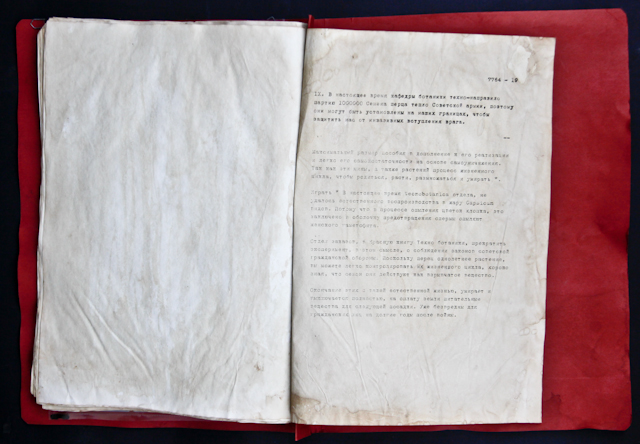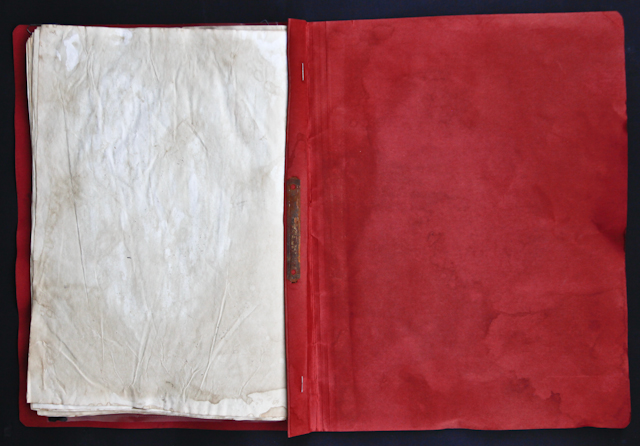Plant implosion
Paprika File-7764
Exp. 7764 – Plant implosion.
Translation: 23 pages.
- High level camouflage explosive devices in between. Production-natural, low-cost and self-sufficiency. Off-preclude their being is only possible by the members of the department of botany.
- Gradual decomposition. Surpassing the great problem that created the mines after the war. Because is not being neglected marked the site where they have been implemented, killing or maiming thousands of civilians and incapacitating the fields for cultivation.
II. To prepare the aforementioned hybrid were selected as subjects to study the seeds of the following two levels: Capsicum annuum (pepper pa): Because the fruit provides a capsule which can maintain a high proportion of the reactants under vacuum and due to develop chemical compound, capsaicin (C18H27NO3), which can serve as reagent for the explosive compound. A favorable feature to highlight this particular species, is your assurance in production of 100% fertile specimens.
Size: up to 4 m tall, but usually much smaller.
Stem: Erect or climbing, branched.
Leaves: solitary or in pairs in each node, alternate, ovate, up to 10 cm long but usually shorter, with hairs.
Inflorescence: flowers solitary, rarely in pairs, in the axils of the leaves. The pedicels longer than the flowers, curved towards the apex.
Flowers: The flared cup and finished in 5 teeth, the corolla white or green, sometimes yellow or violet, somewhat triangular petals 5, united at the base into a tube and flared short, stamens 5 of anthers large, usually bluish and slightly joined together.
Fruits and seeds: The fruit is of color, shape and size varies, fleshy or dry, hollow in the center, usually pungent. Seeds numerous, circular, flattened, yellowish.
Special features: The fruit is very spicy.
Scientific classification
Kingdom: Plantae
Division: Magnoliophyta
Class: Magnoliopsida
Subclass: Asteridae
Order: Solanales
Family: Solanaceae
Genre: Capsicum
Species: C. annuum
binomial name – Capsicum annuum L.
Common name: Cotton
Botanical Name: Gossypium herbaceum
Type: Annual
Exposure: Full sun
Blade: Expires
Moisture: Well drained soil
Resistance: Need protection greenhouse or shed. Can sacer outside in warm summer
Dimensions: 2.5m.
Description: Herbaceous annual, biennial or triennial, belonging to the family Malvaceae, fusiform root with many rootlets, hairy leaves, clapping, and sublanceolados five pointed lobes, of which three are large and medium and two small side. Flowers yellow or white, cup-shaped calyx, 5 petals and a purple spot near the base. The fruit is an ovoid capsule when ripe has a dense lanosidad which surrounds the seeds in three-or five arriñonadas flattened.
Irrigation: Moisture is critical to start specifying enough water throughout the cycle, being very sensitive to drought in the period before flowering, since in this phase consumes 55% of the total water. Location: sunny, high temperatures required, suitable as a houseplant. Propagation: by seeds from February to May. The cotton does not germinate below 14 º C and requires high temperatures. Flowers approximately three months after planting.
Cultivation: The opening of fruit ripening and requires a lot of light and temperature are very harmful and fall rains.
Soil: Prefers deep soils that allow them to develop their root system. Acidity impairs well tolerated salinity and excess lime wrong. In fertile soil, loam or clay loam, with good drainage, vegetative growth is greatest, resulting in a very staggered bloom. The most important pests affecting cotton are caused by insects: Heliothis armigera, spider mites and aphids.
IV. By the process of hybridization during the process of germination of seeds technobotadas (see exp. 5568). Get generate a new species: Capsicum heat. Which will form the apparently common pepper leaves but with relatively wider and slightly oval showing hair on top of the sheet.
Your pod can vary in size and at first glance be confused with a pepper pod of common, but noted a slight sheen that betrays scarlet, this being a very intense red. Inside sheath peppers, flower born cotton (Gossypium herbaceum), occupying the space that is normally vacuo. Once you have set the correct reproduction and growth of the plant, the Department of Techno-Botanica has studied drainage and supply of reactive components that need cotton to become a pyroxyle flammable.
So we’ve worked on the application of sulphate and nitrate in the soil more fertile. As the sulfur, saltpeter and nitrogen oxide (V) the most effective. Specifically, using a percentage of:
-70% Fertile land.
-10% Saltpeter (NaNO3).
-10% Water (H2O).
-6% Sulphur (A).
-4% Dinitrogen pentoxide (N2O5).
Specifications:
• Power: 8000 liters of gas per 1 kilo of pyroxyle, compared to 2,000 of ordinary gunpowder.
• Empowerment: These values are tripled if added 8/10 parts by weight of nitrate of potash pyroxyle.
• Detonation Temperature: 170 degrees Celsius.
• Impervious to moisture.
• Explosion in 0.03 seconds (100% in optimal conditions)
General Conditions:
• Semi-developed formula C18H27NO3
• identifiers
• CAS 404-86-41
• physical Properties
• Physical State Liquid
• Molar mass 305.41 g / mol g / mol
• Melting point 336 K (63 ° C)
• Boiling point 483 K (210 ° C)
• (0 ° C and 1 atm), unless otherwise indicated.
Chemical characterisation
Name: Capsaicin (N-(4-hydroxy-3-methoxybenzyl)-8-methyl-trans-6-nonenamide)
Synonyms: 8-Methylnon-6-enoyl-4-hydroxy-3-methoxybenzylamide; trans-8- methyl-N-vanillyl-6-nonenamide; Isodecenoic acid vanillylamide
FL No: 16.014
CAS No: 404-86-4
FEMA No: 3404
CoE No: 2299
EINECS: 206-969-8
Description:The method part of the total energy released in the burst, depending on whether it is an explosion of physical or chemical type can be calculated as:
Physical Explosion:
E: energy released in the explosion (kJ).
P: gas pressure inside the tank at the moment of explosion (kPa).
Patm: atmospheric pressure (101.3 kPa).
g: Ratio of heat capacities of gas outburst conditions (dimensionless).
V: Volume of the tank (m3)
Chemical Explosion: It should be noted that the blasts Capsicum granted by heat, not only from physical and pressure, but have a high value due to chemical affecting capsaicin when d explode as a corrosive agent.
E: energy released in the explosion (kJ).
Qr: Heat of reaction (kJ / kmol).
M: mass equivalent reacting substance (kg).
Pm: Molecular weight (kg / kmol).
The equivalent mass of reactant not coincide generally with the initially contained in the sheath and its determination to be taken into account:
• Percent of reacting substance.
• Energy consumed, the total released in the reaction temperature to rise to boiling point and subsequent vaporization of the reactants mix-products.
• initial expansion energy available (in the case of storage in pressurized tanks).
• percentage dilution or storage of purity.
Knowing the total energy released in the explosion, we will determine the energies available for pressure waves and projectiles depending on the type of fracture of the sheath. The distribution is made according to the following criteria:
In this way if we call fa fraction (as a decimal) of the total energy dissipated in the form of pressure waves, the energy available for pressure waves and missiles (Ep and Em respectively) will be: Ep = f · E / Em = (1 – f) E Known Ep determine the “length scale” by the equation: D = It determines a “length scale” which relates overpressure distances with reduced P. Finally, “overpressure” is determined by: DP DP = Patm = P · P · P atm
Play back* Currently techbotanical department, has failed natural reproduction in the species Capsicum heat. Because in the pollination process cotton flower, this is enclosed inside the sheath preventing the sperm pollinate the female gametophyte. The department orders as Technobotanica Red Book, not to continue the experiment in these ways, respecting the laws Soviet civil defense. Because pepper is an annual, you can easily control their life cycle, knowing full well that season they act as explosive. Busting these with your natural life, dying on and off completely, paying their land with beneficial nutrients for the next crop. Already harmless to civilians for years to come after the war.
